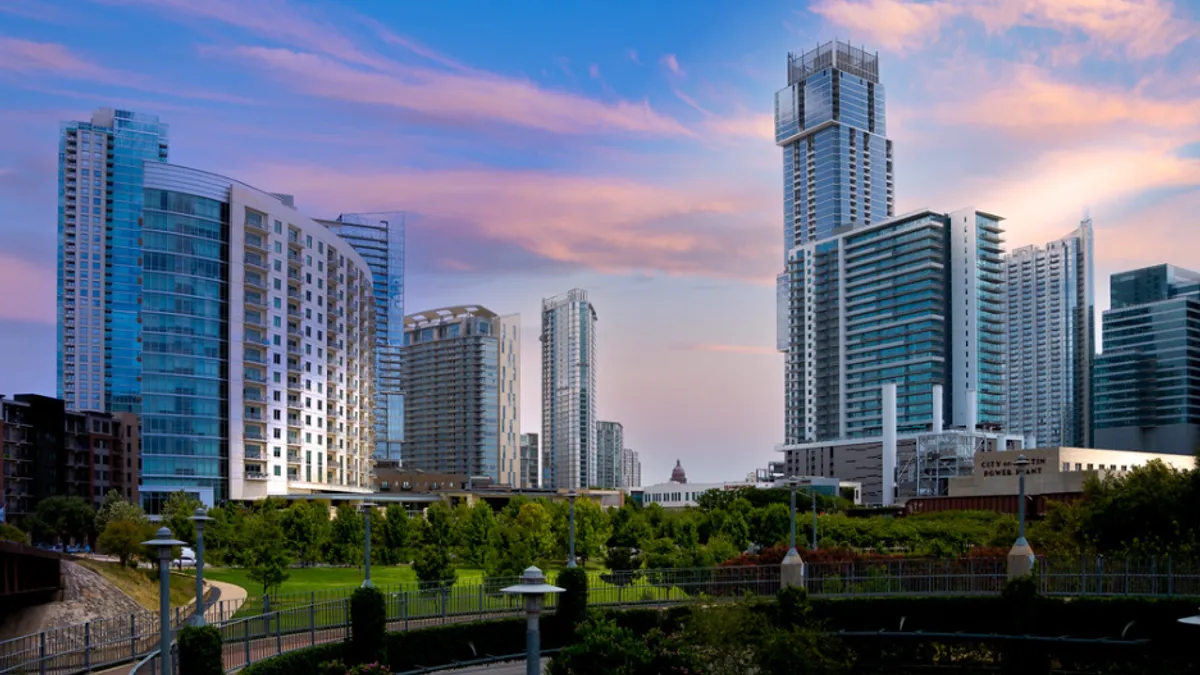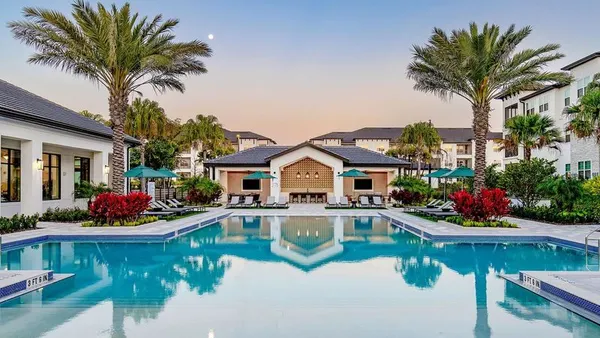This article is the second in a series looking at the effects of international investors on America's multifamily sector. Click here for the first article.
The most notable change in cross-border investment into the U.S. multifamily market is the new direction. As renters leave large coastal gateway cities for the Sun Belt and growing tech hubs, cross-border investors are chasing them.
New York, Los Angeles, Chicago and San Francisco lost more than 700,000 residents between mid-2020 and mid-2021, for example, while Phoenix, Houston, Dallas, Austin and Atlanta gained 300,000, according to a Census Bureau report.
“We can’t even call them secondary markets because they’re not secondary, really. They’re just not gateway markets,” according to Riaz Cassum, executive managing director, capital markets, and global head of international capital coverage for JLL.
Since the second quarter of 2020, foreign investment in the six gateway markets (Boston, Chicago, Los Angeles, New York, San Francisco and Washington, D.C.) — which have historically accounted for just under 50% of all foreign investment in U.S. real estate — fell to 27%, Deloitte reported.
Last year, for the first time, a tertiary city — Austin (shown above) — took top ranking in an Association of Foreign Investors in Real Estate survey that asked investors where they planned to put their money this year. A full 30% named the Texas tech hub as one of their top three markets.
More than six in 10 respondents said they expected to increase investment in tertiary cities.
High-growth markets
In the U.S. multifamily market, Colliers found 62% of cross-border investment was outside major markets last year — up from averages of 40% in non-major markets from 2011 to 2017 — with Atlanta, Phoenix and Dallas leading.
“The adage that foreign capital doesn’t take connecting flights no longer applies,” Aaron Jodka, national director of capital markets research for Colliers, told Multifamily Dive.
High-growth markets with rapidly increasing populations and low taxes like Dallas, Charlotte, Nashville, Denver, Austin, Orlando, Tampa and Miami are seeing a surge in foreign investment, Cassum said, as “a lot of these large institutional investors have spent time educating themselves on what makes these non-gateway markets really tick."









